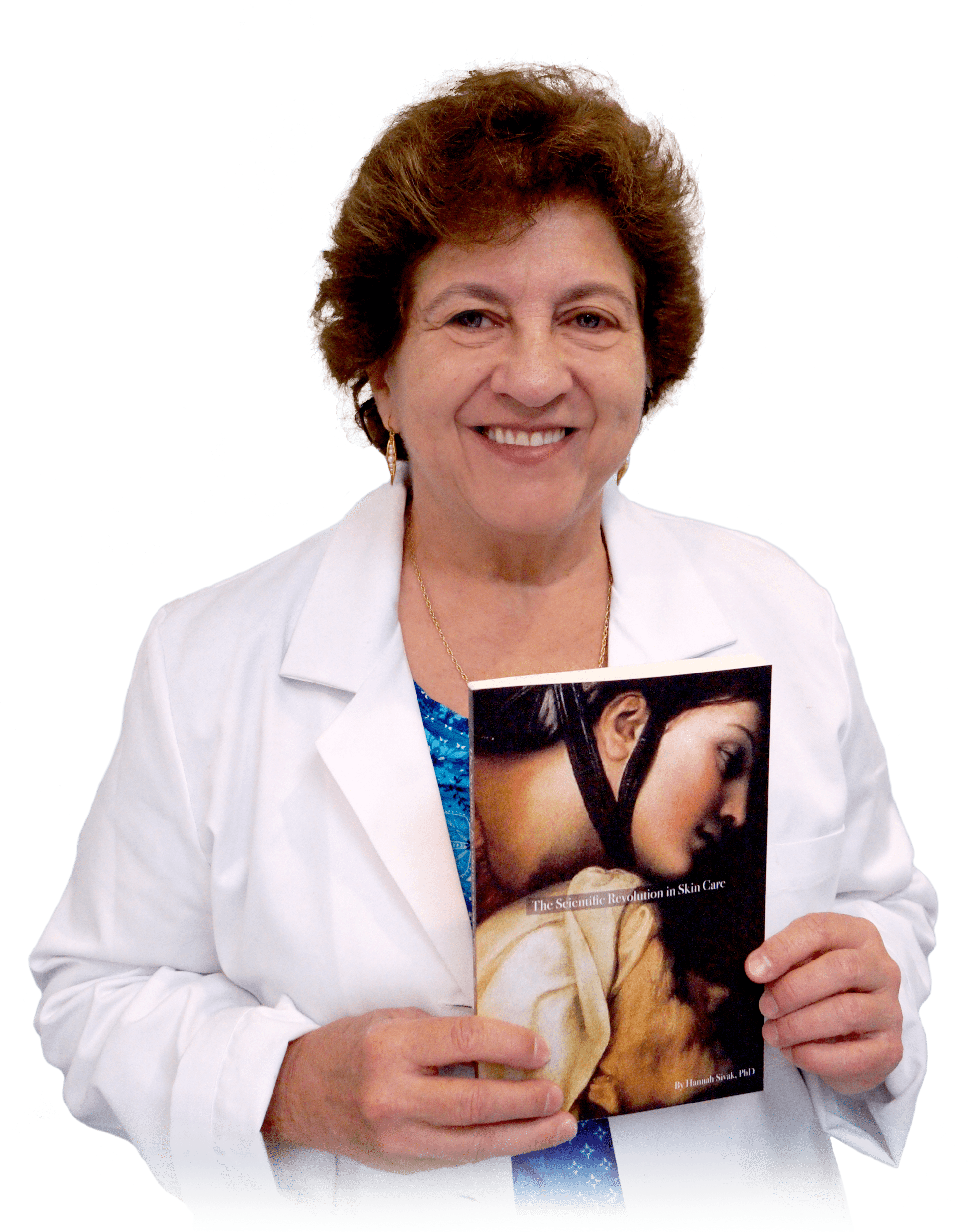Dr. Hannah Sivak, PhD
My life as a scientist started when I was a botany student, and to this day I follow the nomenclature rules instilled in me by Professor Arturo Burkart. A few years later, I was lucky to find refuge at the Research Institute directed by Nobel Prize winner Dr. Luis Leloir, and this changed my life forever. Biochemistry was a whole new world, where I could understand how nature works the way it does. I learned, at the molecular level, how plants make the chemicals that shape our world.
My undergraduate studies were in Biology, specifically Plant Physiology. I did my doctorate research at the Institute for Biochemical Research in Buenos Aires, directed by Dr. L. F. Leloir, Nobel Laureate for Chemistry, 1970. My publications include one book on starch biochemistry and molecular biology, and more than 60 papers in international, refereed journals and in books, dealing with different aspects of biology, biochemistry, microbiology, molecular biology and biotechnology. I was a research fellow at the Universities of York and Sheffield, United Kingdom (1980-1990) and a Professor (Research) of Biochemistry and Molecular Biology at Michigan State University (1990-2002).
One of the most valuable tools I gained during my training at the Institute of Biochemistry Research (IIB) in Buenos Aires, was to learn how to read a scientific paper, i.e. how to isolate actual data from mere commentary and decide what conclusions could be drawn from the research. I also published my first papers in scientific journals. Scientific analysis is a tool I use when I choose actives to incorporate into our formulations on the basis of published scientific papers. I also use it to translate ingredient lists, separating what is actually in the formulation of expensive products from marketing gibberish. I also became familiar with everything related to polysaccharides such as beta glucans and more, you’ll find them everywhere in our formulations

Have questions about your skin care or Skin Actives products? Ask the scientist herself!
Dr. Sivak's Lab
¡El secreto de una piel sana (y joven) es TIU!
TIU: acrónimo en inglés para Top It Up (Volvé a cargalo hasta el tope)¿De qué se trata? ...
The secret to healthy (and youthful) skin is TIU! Part 2: Superoxide dismutase
ROS can destroy everything they find: proteins, DNA, lipids, and life. The environment provides plenty of ROS* (reactive oxygen species), ...
The secret to healthy (and youthful) skin is TIU!
TIU: Top It UpWhat’s this? As our skin ages, there will be two significant changes: a decrease in ...
